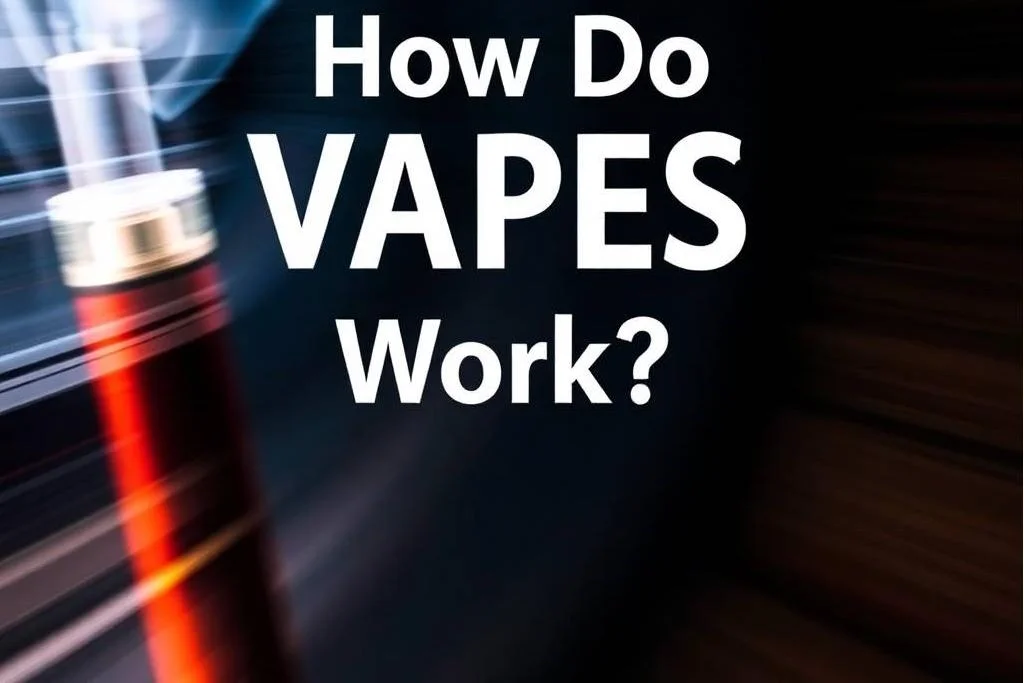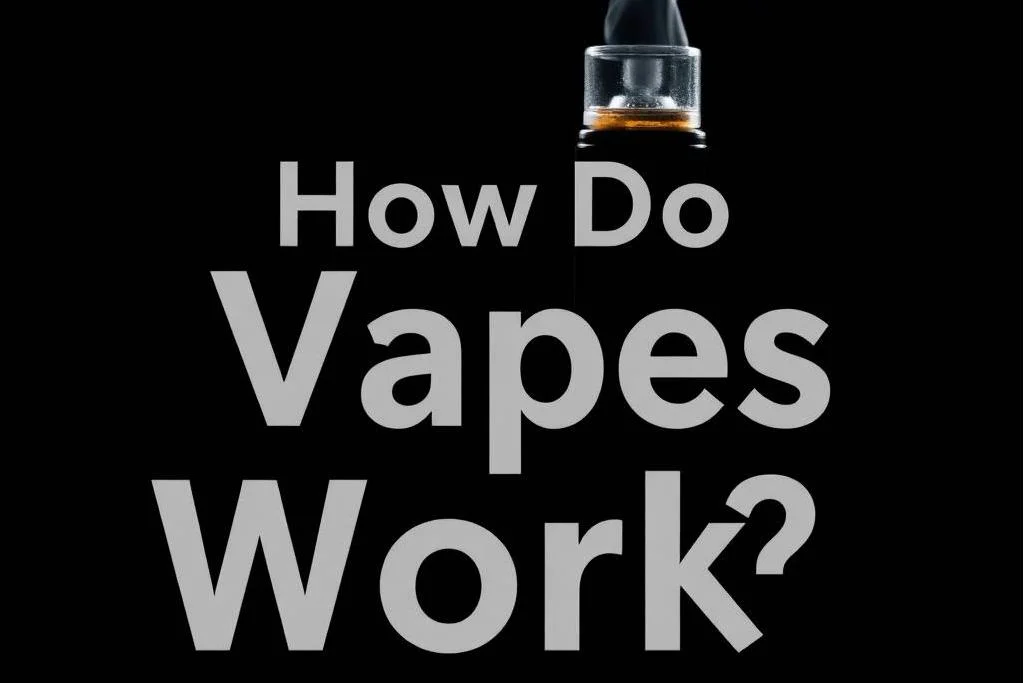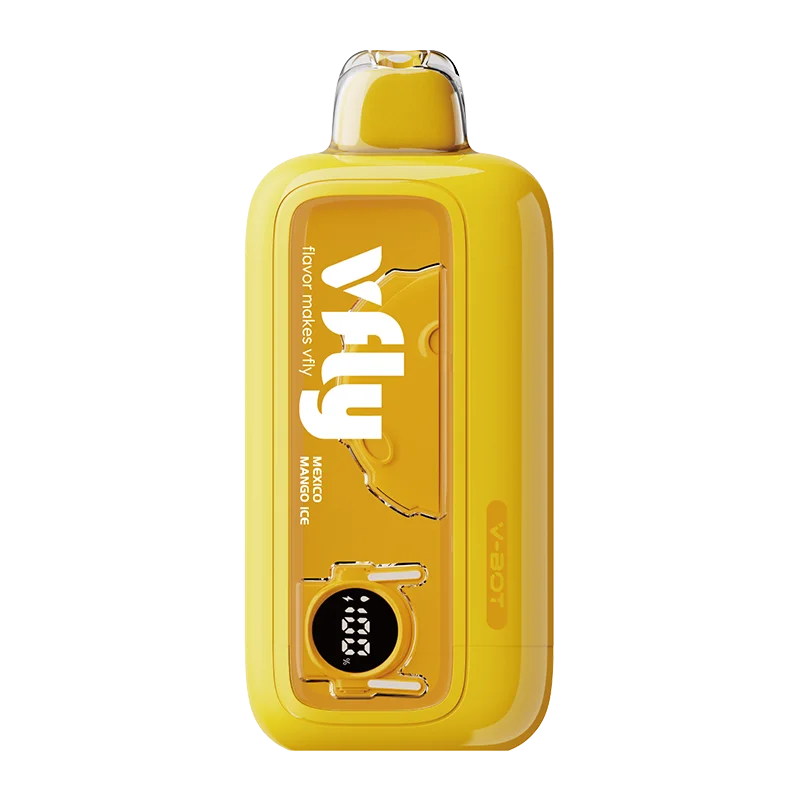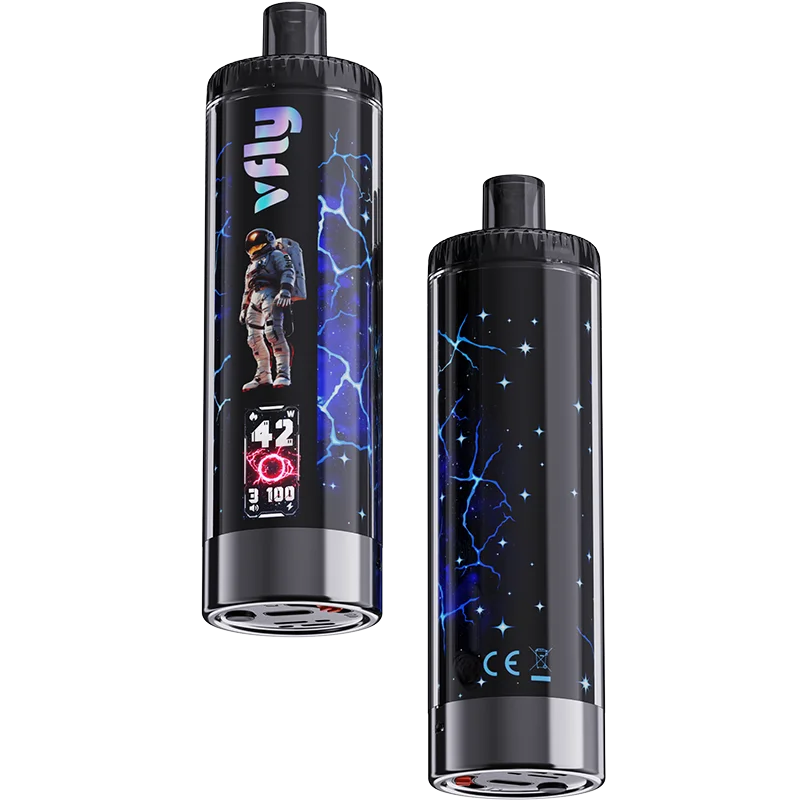How Do Vapes Work?
Vaping has become a popular alternative to smoking, but many people still wonder — how do vapes work? Whether you’re new to vaping or just curious about the technology behind it, understanding how a vape operates can help you make informed choices about devices, e-liquids, and overall safety. This guide breaks down the mechanics of vaping in a clear, easy-to-follow way based on what users are searching for online.
What Is a Vape and How Does It Work?
A vape, also known as an e-cigarette or vaporizer, is an electronic device that heats a liquid — known as e-liquid or vape juice — to produce vapor instead of smoke. Unlike traditional cigarettes that burn tobacco, vapes work through a process called vaporization, which turns liquid into inhalable aerosol without combustion.
When you take a puff, the device activates a small battery-powered coil inside the vape. This coil heats up the wick soaked in e-liquid, transforming it into vapor. The user then inhales this vapor through the mouthpiece, delivering nicotine (if present) and flavor without the tar and many harmful chemicals found in cigarette smoke.

The Main Components of a Vape
Every vape, regardless of size or design, consists of a few key parts:
- Battery: Powers the heating element. It can be rechargeable or built-in, depending on the device type.
- Coil (or Atomizer): A metal wire wrapped around a wick, usually made of cotton. When powered, it heats up and vaporizes the e-liquid.
- Tank or Pod: Holds the e-liquid that feeds into the coil.
- Mouthpiece: The part you inhale from.
- Sensor or Firing Button: Some vapes are draw-activated (auto-inhale), while others require you to press a button to heat the coil.
Together, these parts create a simple yet efficient system for vapor production.
The Science Behind Vaporization
When you draw on a vape, the battery sends current to the coil, which rapidly heats up. The e-liquid around the coil absorbs this heat and turns into vapor at around 200°C–250°C (392°F–482°F). This process avoids burning, which is what creates harmful smoke and ash in cigarettes.
Most e-liquids contain a mix of:
- Propylene Glycol (PG): Provides throat hit and flavor intensity.
- Vegetable Glycerin (VG): Produces dense, smooth vapor.
- Flavorings: Add taste profiles like fruit, mint, or tobacco.
- Nicotine (optional): Delivers the desired satisfaction level for ex-smokers.
The balance of PG and VG affects how the vape feels and tastes, making it customizable to personal preference.

Different Types of Vape Devices
Vapes come in several styles, each designed for a different experience:
- Disposable Vapes: Pre-filled, single-use devices. Perfect for beginners — just inhale and discard after use.
- Pod Systems: Compact and refillable or pre-filled options. Easy to use and portable.
- Vape Pens: Pen-shaped devices with rechargeable batteries and replaceable coils.
- Box Mods: Advanced devices that allow users to adjust wattage, temperature, and airflow for a tailored vape experience.
Despite their differences, all these devices operate using the same core principle: heating e-liquid to create vapor.
How Does Nicotine Delivery Work in a Vape?
Vapes are designed to mimic the sensation of smoking by delivering nicotine efficiently without combustion. Nicotine in e-liquids can come in two forms:
- Freebase Nicotine: Offers a stronger throat hit, suitable for sub-ohm vaping.
- Nicotine Salts: Smoother and faster absorption, ideal for low-wattage pod systems.
When inhaled, the vaporized nicotine enters the lungs and bloodstream, providing satisfaction similar to smoking but often with fewer harmful byproducts.

Safety and Maintenance Tips
To keep your vape working efficiently and safely:
- Regularly replace coils — old coils can cause burnt taste or poor vapor.
- Charge batteries properly and avoid overcharging.
- Use compatible e-liquids for your device.
- Clean your tank or pod to prevent residue build-up.
Understanding how your vape works helps you extend its lifespan and enjoy consistent performance.
Conclusion
In essence, vapes heat e-liquid using a powered coil to create vapor — offering a smoke-free alternative for those who enjoy nicotine or flavored experiences. With innovations in pod systems, temperature control, and battery technology, vaping continues to evolve, providing more refined, efficient, and customizable options than ever before. Whether you’re a new user or simply curious about vaping’s mechanics, understanding how a vape functions is the first step toward safer, smarter vaping.
FAQs
1. Do vapes contain tobacco?
No, vapes do not contain tobacco. Instead, they use a liquid mixture called e-liquid or vape juice, which typically includes propylene glycol (PG), vegetable glycerin (VG), flavorings, and optional nicotine. Since there’s no tobacco or burning involved, vaping eliminates many of the harmful chemicals produced by traditional cigarettes.
2. What happens when you inhale a vape?
When you inhale a vape, the heated coil vaporizes the e-liquid, turning it into an aerosol that enters your lungs. The nicotine (if present) is absorbed into the bloodstream, providing a sensation similar to smoking. The vapor is then exhaled as a visible cloud, which dissipates more quickly than cigarette smoke.
3. Do all vapes work the same way?
All vapes work on the same principle — heating e-liquid to produce vapor — but the technology and design can vary. For example, disposable vapes are draw-activated and single-use, while pod systems and box mods have replaceable coils, refillable tanks, and adjustable power settings for more control over vapor production and flavor intensity.
4. How long does a vape coil last?
A vape coil usually lasts 1 to 2 weeks, depending on how often you vape, the type of e-liquid used, and your wattage settings. Sweet or dark-colored e-liquids tend to wear out coils faster. Signs of a bad coil include a burnt taste, reduced vapor, or gurgling sounds. Replacing coils regularly helps maintain flavor and performance.
5. Can vapes explode or catch fire?
While vape explosions are rare, they can happen if the device is misused or charged improperly. To stay safe, always use the recommended charger, avoid overcharging, and never carry loose batteries with metal objects like keys or coins. Using certified, high-quality devices significantly reduces these risks.



